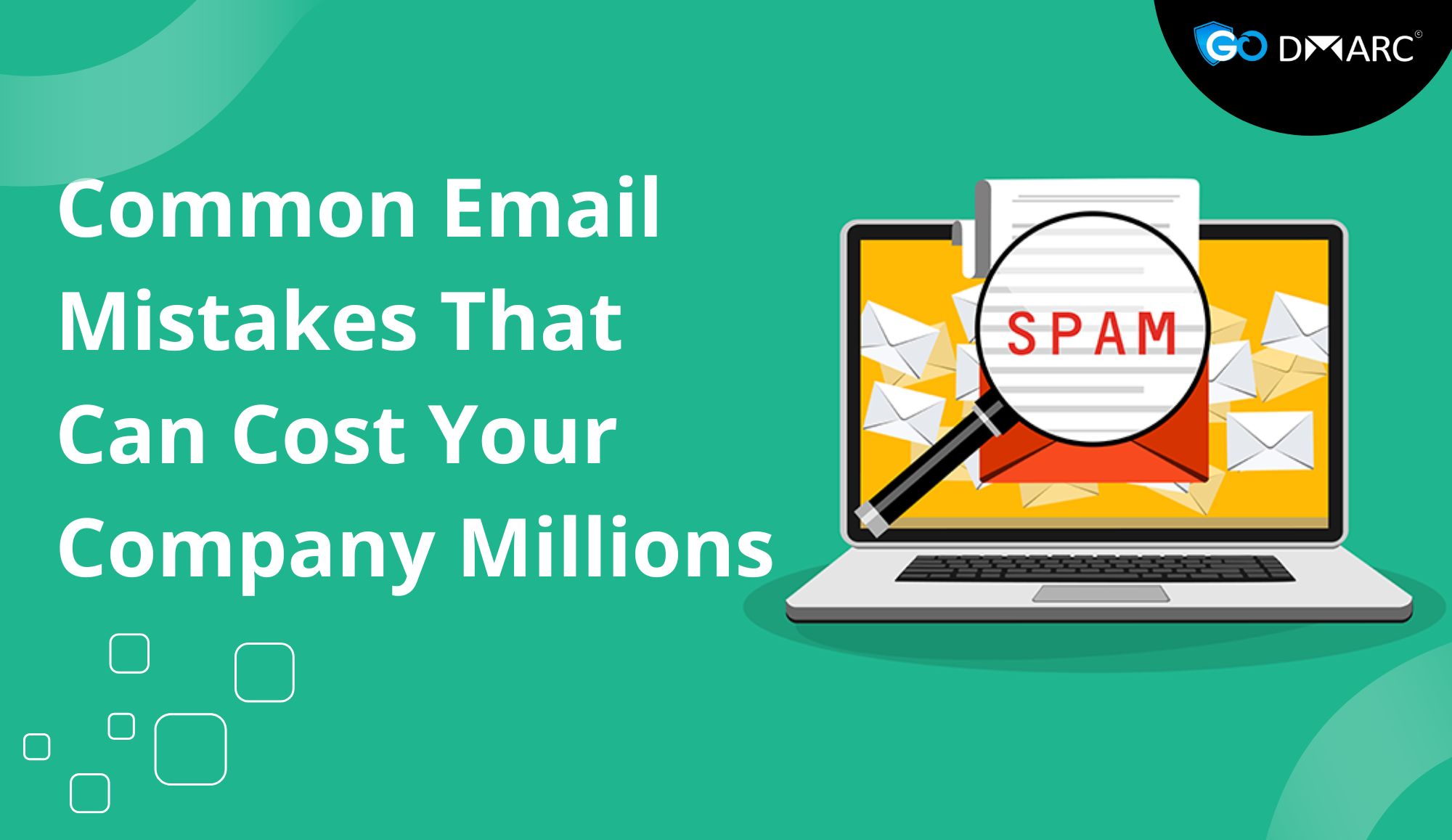Introduction
Email communication is an essential aspect of business and personal interactions. However, one of the most frustrating experiences for senders is when their emails end up in the recipient’s spam folder instead of the inbox. This can significantly impact communication, marketing efforts, and business operations. Understanding why emails land in spam and implementing effective measures to ensure inbox placement is crucial for successful email deliverability.
One of the most powerful strategies to prevent emails from being marked as spam is using DMARC Email Security protocols. In this blog, we will explore the reasons behind spam filtering, the best practices to avoid spam folders, and the role of authentication mechanisms like SPF, DKIM, and DMARC in enhancing email security and deliverability.
Why Do Emails Land in Spam?
There are several reasons why emails are marked as spam. Some of the most common causes include:
- Lack of Proper Email Authentication – Without authentication records like SPF, DKIM, and DMARC, email providers may suspect your emails are fraudulent.
- Poor Sender Reputation – If your domain has a history of sending spam or is blacklisted, your emails are more likely to be flagged.
- Use of Spam Trigger Words – Certain words and phrases commonly used in spam emails can cause filters to flag your message.
- Improper Email List Management – Sending emails to outdated or purchased lists increases bounce rates and spam complaints.
- Low Engagement Rates – If recipients frequently ignore or delete your emails, filters may assume they are unwanted.
- Bad HTML Practices – Poorly coded email templates or excessive use of links and images can trigger spam filters.
Best Practices to Avoid the Spam Folder
To improve your email deliverability and avoid spam filters, follow these best practices:
1. Implement Proper Email Authentication
Authentication plays a critical role in ensuring email legitimacy. The three main protocols for authentication include:
- SPF (Sender Policy Framework): Defines which mail servers are allowed to send emails on behalf of your domain.
- DKIM (DomainKeys Identified Mail): Adds a cryptographic signature to emails, verifying the sender’s authenticity.
- DMARC (Domain-based Message Authentication, Reporting, and Conformance): Protects against email spoofing by enforcing email authentication policies.
Using DMARC Email Security helps prevent unauthorized senders from using your domain, thereby improving email deliverability and preventing spam issues.
2. Maintain a Healthy Sender Reputation
Your sender reputation is a key factor that determines whether your emails land in the inbox or spam folder. Here’s how you can maintain a good reputation:
- Avoid sending emails in bulk without warming up your domain.
- Ensure that your email list contains valid and engaged recipients.
- Regularly monitor and remove inactive or unresponsive subscribers.
- Follow best practices for email marketing to avoid being blacklisted.
3. Write High-Quality Email Content
The content of your email can determine whether it is considered spam. Here are some tips:
- Avoid spam trigger words such as “free,” “guaranteed,” and “win.”
- Personalize your email content to make it more engaging.
- Maintain a balanced text-to-image ratio (avoid excessive use of images).
- Use clear and professional formatting.
4. Use a Recognizable Sender Name and Address
Recipients are more likely to open emails from a recognizable sender. Make sure:
- Your “From” name matches your brand or company.
- You use a professional email address instead of a free email provider like Gmail or Yahoo.
- Your domain has implemented DMARC Email Security to verify sender authenticity.
5. Keep Your Email List Clean and Engaged
Managing your email list properly reduces bounce rates and improves engagement. Follow these steps:
- Use a double opt-in process to ensure subscribers genuinely want your emails.
- Remove hard bounces and inactive email addresses regularly.
- Allow users to unsubscribe easily to prevent spam complaints.
- Segment your audience to send targeted and relevant content.
6. Avoid Spam Traps
Spam traps are email addresses used by ISPs to catch spammers. To prevent hitting spam traps:
- Never buy email lists from third parties.
- Regularly clean your list using an email validation tool.
- Ensure all email addresses are collected through legitimate means.
7. Optimize Email Sending Frequency
Sending too many emails in a short period can lead to spam complaints. Find a balance by:
- Monitoring engagement rates and adjusting sending frequency accordingly.
- Testing different schedules to find the best time for your audience.
- Using DMARC Email Security to track and analyze email performance.
8. Improve Email Deliverability with DMARC
DMARC is a powerful tool that helps domain owners control how their emails are authenticated. Implementing DMARC Email Security offers the following benefits:
- Reduces the chances of email spoofing and phishing attacks.
- Increases trust with email providers and recipients.
- Provides reports on email authentication failures to help improve security.
To implement DMARC, follow these steps:
- Set up SPF and DKIM records.
- Create a DMARC record with a policy (
p=none,p=quarantine, orp=reject). - Publish the record in your domain’s DNS settings.
- Monitor DMARC reports to track email performance.
9. Test Your Emails Before Sending
Testing your emails helps identify potential issues before they affect deliverability. Use these tools:
- Email spam checkers to analyze content and formatting.
- Inbox placement testers to see where emails land in different providers.
- DMARC Email Security tools to verify authentication setup.
Conclusion
Ensuring your emails reach the inbox instead of the spam folder requires a combination of technical settings, quality content, and list management. By implementing DMARC Email Security, maintaining a good sender reputation, and following best practices, you can improve your email deliverability and achieve better engagement with your audience.
Regular monitoring and adjustments are necessary to keep up with evolving spam filters and email security standards. Stay proactive, test your emails, and make use of authentication protocols to protect your domain and enhance email reliability.




